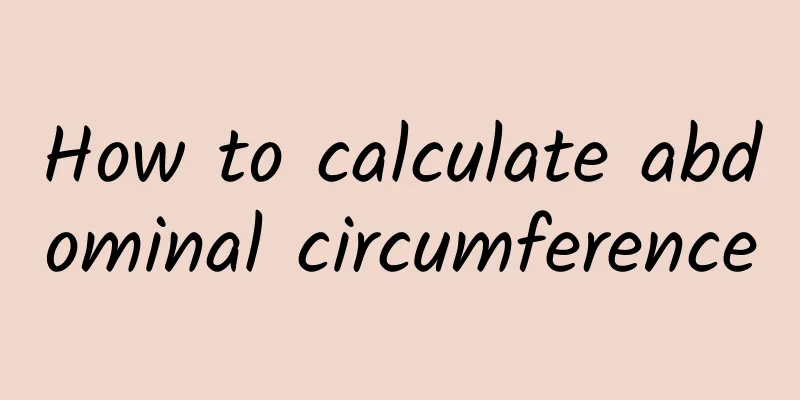Bleeding after needle removal

|
Acupuncture requires the needle to be inserted into the relevant acupuncture points to have the effect of treating diseases. This requires everyone to fully understand the acupuncture points of the human body in order to implement acupuncture. If bleeding occurs when the acupuncture needle is removed, it is a problem of inserting the needle into the wrong acupoint. Generally, acupuncture does not cause bleeding, and acupuncture will not pierce blood vessels. Therefore, if bleeding occurs when the needle is removed, it should be disinfected with a sterile cotton ball. 1 Does acupuncture cause bleeding? Generally speaking, acupuncture does not cause bleeding. Depending on the depth and location of acupuncture, there will be no bleeding if no blood vessels are pierced. In addition, the silver needles used are generally very thin, and most of the acupuncture points that do not bleed are on the muscles. Of course, except for some diseases, it is necessary to deliberately draw blood. Acupuncture instruments are generally based on filiform needles. Removing the needle is the last step in the acupuncture treatment procedure, which indicates the end of acupuncture. The method of removing the needle is generally to hold a sterilized dry cotton ball between the thumb and index finger of the left hand and gently press on the acupuncture site, hold the needle with the right hand and twist it slightly, and slowly lift the needle to the subcutaneous tissue, leave it there for a moment, and then remove the needle. When removing the needle, according to the different requirements of tonification or drainage, the method of "quick removal" or "slow removal" and "quickly press the needle hole" or "shake the needle hole to enlarge it" is adopted. After removing the needle, unless there is a special need, gently press the needle hole for a while with a sterilized cotton ball. However, no matter how skilled an acupuncturist is, he cannot guarantee that there will be no bleeding 100%. 2 Factors causing bleeding during acupuncture 1. The acupoints are located near the extremities where there are abundant capillaries, so the acupoints are more prone to bleeding. For example, under the same circumstances, Taichong acupoint is more prone to bleeding than Zusanli, Yanglingquan and other acupoints. In particular, the well points on the limbs are the preferred acupoints for pricking and bloodletting therapy. The scalp and the area around the eyes are rich in blood vessels, so scalp acupuncture and acupoints around the eyes such as Chengqi, Jingming, and Sizhukong are relatively prone to bleeding. 2. The basic techniques of manual acupuncture are lifting, inserting and twisting. Lifting and inserting are more likely to induce bleeding than twisting. For acupuncture points around the eyes, needling is generally not required. It is sufficient to insert the needle to a certain depth and obtain qi. Even if needling is required, only twisting is required, and with a small amplitude. Lifting and inserting techniques are not recommended. In addition, rough needle insertion is also a common cause of bleeding. 3. Acupuncture is prohibited for patients with certain diseases or those who regularly take certain medications, such as hemophilia, a representative of bleeding tendencies. Some patients who take antiplatelet drugs such as aspirin for a long time are relatively prone to bleeding after acupuncture, and the bleeding takes a long time to stop, so they need to press for a while longer. 3 What to do if bleeding occurs after acupuncture 1. Bleeding and hematoma are normal when the needle is removed, especially in the head, face and areas with rich blood vessels. Bleeding is more likely to occur. However, after removing the needle, pressing the needle hole with an alcohol cotton ball or a dry cotton ball for a while can reduce the chance of bleeding. 2. If the amount of bleeding is slightly excessive and a hematoma occurs, it can be absorbed naturally and generally does not require special treatment. Of course, if you are worried that a hematoma will appear on your face and affect your appearance, you can apply cold compresses within 24 hours of bleeding to prevent more bleeding, and then apply hot compresses after 24 hours to help the hematoma absorb as quickly as possible. 3. Because the standards for acupoints are unified and the anatomical positions are fixed, and individual differences in the human body cause the direction of blood vessels in the body to be different, and some people's blood vessels happen to pass through the acupoints, so acupuncture bleeding is inevitable. The acupuncturist cannot be blamed. This is a very normal phenomenon and there is no need to make a fuss about it. |
>>: Learn about gastric lymphoma
Recommend
Can pregnant women drink mineral water at room temperature?
It is beneficial for pregnant women to drink some...
What should children eat if they are weak?
When a child is weak, parents must take good care...
What are the effects of the whole deer tonic pills?
Quanlu Dabu Pills are a common medicine in medici...
Will eating fried chicken occasionally make you fat?
Eating fried chicken occasionally will not cause ...
What are the recipes for making medicinal wine to enhance sexual performance?
For male friends, nourishing the kidney and stren...
Menstrual blood is light pink and very thin
Adult women have menstruation every month, except...
What are the herbs that replenish qi and blood?
Many female friends will experience endocrine dis...
Can I get pregnant during ovulation bleeding? Gynecologists answer this way!
A woman's ovulation period is what we often c...
What to do if there are fat particles on the eyes
It is quite common to have fat particles around t...
A flesh-colored tumor on the scalp
A flesh-colored tumor appears on the scalp. There...
What to soak hawthorn with
Everyone knows that hawthorn is a fruit that matu...
What is the cause of the red, swollen and itchy big pimples?
The appearance of large bumps on the skin, which ...
Effects of drinking Cassia seed and Astragalus membranaceus soaked in water
Speaking of Scutellaria baicalensis, I believe ev...
Is it good to have a mole next to the nose?
The nose is an important part of people's faci...
Is watery leucorrhea an early sign of pregnancy?
The symptom of watery vaginal discharge is a phen...









